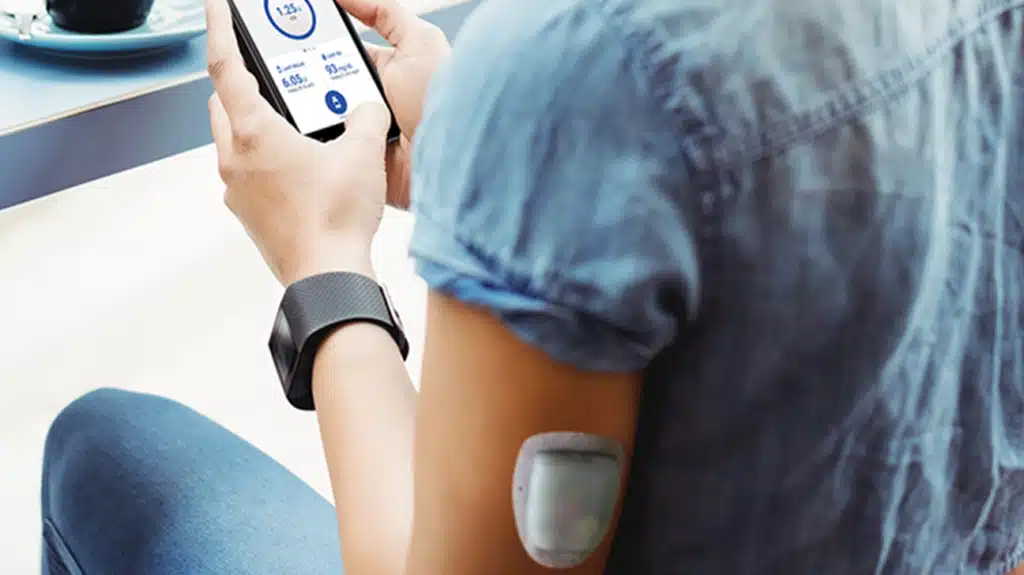In the realm of diabetes management, continuous glucose monitoring (CGM) has emerged as a revolutionary tool, particularly in the routine care of individuals with type 2 diabetes mellitus. Gone are the days of relying solely on intermittent fingerstick measurements; CGM offers real-time data, empowering patients and healthcare providers alike to make informed decisions and achieve better glycemic control. Let’s delve into the significance of CGM in the management of type 2 diabetes mellitus.
Understanding Type 2 Diabetes Mellitus
Type 2 diabetes mellitus is a chronic metabolic disorder characterized by insulin resistance and relative insulin deficiency. It affects millions worldwide and is a significant cause of morbidity and mortality. Effective management aims to achieve and maintain optimal blood glucose levels, thereby reducing the risk of complications such as cardiovascular disease, neuropathy, and retinopathy.
The Role of Continuous Glucose Monitoring (CGM)
CGM devices continuously monitor glucose levels in the interstitial fluid, providing a comprehensive picture of glucose trends throughout the day and night. This real-time data allows for timely adjustments in medication, diet, and lifestyle, leading to improved glycemic control and better outcomes for individuals with type 2 diabetes mellitus.
Benefits of CGM in Type 2 Diabetes Mellitus Management
Enhanced Glycemic Control
CGM enables individuals to proactively manage their blood glucose levels, leading to reduced HbA1c levels and decreased risk of diabetes-related complications.
Insightful Data
CGM provides detailed insights into how diet, exercise, medication, and stress impact blood glucose levels, empowering individuals to make informed lifestyle choices.
Hypo and Hyperglycemia Prevention
Real-time alerts for hypo and hyperglycemia allow for prompt intervention, preventing dangerous fluctuations in blood sugar levels.
Improved Quality of Life
By reducing the burden of frequent fingerstick measurements and offering greater flexibility in diabetes management, CGM enhances the quality of life for individuals with type 2 diabetes mellitus.
Must Read How Does Daily Life Change with a Continuous Glucose Monitor?
Incorporating CGM into Routine Care
Despite its numerous benefits, the integration of CGM into routine care for type 2 diabetes mellitus has been gradual. However, with growing evidence supporting its efficacy and advancements in CGM technology, its adoption is on the rise.
Healthcare providers play a pivotal role in facilitating the use of CGM among individuals with type 2 diabetes mellitus. By educating patients about its benefits, assisting with device selection and insertion, and interpreting CGM data to optimize treatment plans, providers can empower their patients to take control of their diabetes management.
Challenges and Considerations
While CGM holds immense promise, it is not without challenges. Cost barriers, insurance coverage limitations, technological issues, and patient adherence remain significant hurdles to widespread adoption. Additionally, proper education and training are essential to ensure individuals can effectively interpret CGM data and translate it into meaningful action.
Read More Is FreeStyle Libre 2 the Ultimate Real-Time Continuous Glucose Monitor?
Conclusion
Continuous glucose monitoring represents a paradigm shift in the management of type 2 diabetes mellitus. By providing real-time insights and empowering individuals to make proactive choices, CGM offers a path to better glycemic control, improved outcomes, and enhanced quality of life. As healthcare providers and patients embrace this transformative technology, the future of diabetes management looks brighter than ever before.


